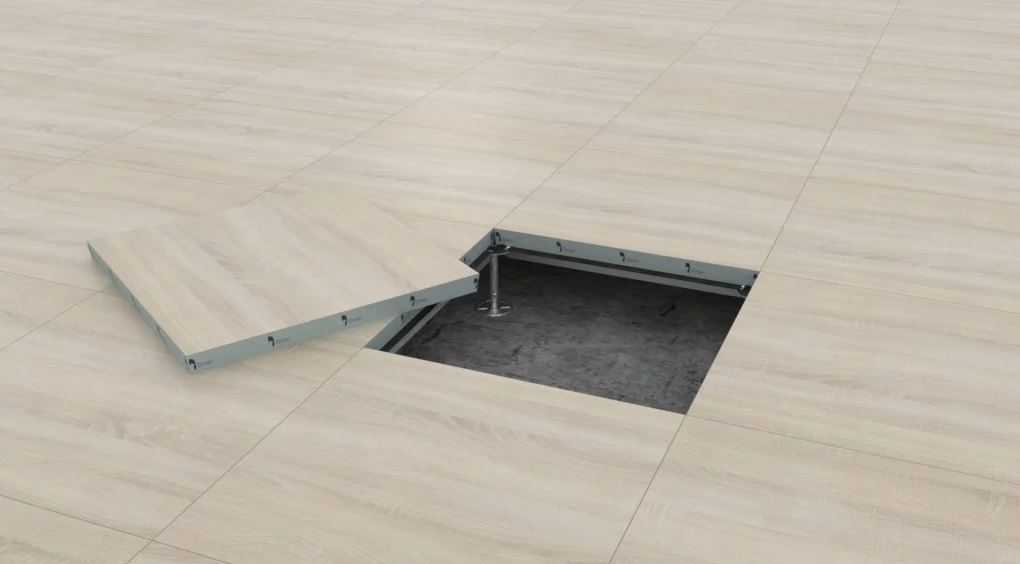What Is Raised Flooring?
Raised flooring is a type of flooring that is raised above the ground. It is a popular choice for homes and commercial buildings because it offers several benefits, including:
- improved insulation: Raised flooring acts as an effective insulator, which means that it can save you money on your energy bills.
- easier cleaning: Raised flooring is easy to clean because dirt and dust don’t get trapped beneath it like they would on a normal floor. This makes it easier to keep your home or office clean and free from clutter.
- better air circulation: Because raised flooring allows air to circulate freely, it’s ideal for areas that are prone to moisture damage (like kitchens). This means that you won’t have to worry about mold or mildew growing in your ceilings or walls.
- enhanced safety: Raised flooring is also safer than normal floors because children and pets can’t easily fall into gaps between the boards. In addition, accidents involving hazardous materials (like flammable liquids) are less likely to occur on raised floors.
Advantages of Raised Flooring
There are several advantages to using raised flooring in your home.
First and foremost, raised flooring is much easier to clean than traditional carpet or flooring. This is because it’s easier to get at all the dirt and dust that accumulates over time, which makes it a much more hygienic option. Additionally, raised flooring is much less likely to become stained or damaged due to water or pet spills.
Another big benefit of raised flooring is its ability to improve airflow and heat circulation in your home. This is because it allows air and heat to circulate freely, which can reduce the risk of mold and mildew formation. In addition, raised flooring also makes it easier for you to access heating and cooling systems without having to worry about damaging floors or furniture.
Overall, there are a lot of reasons why you should consider investing in raised flooring for your home. Types of Materials for Raised Flooring
Several different materials can be used for raised flooring, and each has its advantages and disadvantages.
- Wood: This is the traditional type of raised flooring, and it’s the most popular option because it’s affordable, durable, and easy to install. However, wood is also one of the most combustible materials on earth, so if you have a fireplace or any other flammable items in your room, make sure to take care when installing it.
- PVC: PVC is a synthetic material that’s often used for roofing and interior walls because of its resistance to weathering and water damage. It also has a strong odorless and non-toxic profile, making it a good choice for raised flooring because people with allergies or sensitivities won’t have any problems using it.
- Metal: Metalized plastic is another synthetic material that’s typically used for exterior walls because of its durability and resistance to corrosion. However, it can be expensive to purchase and install, so metalized plastic isn’t always the best option if you’re on a budget.
- Title: Tiled raised flooring is probably the most popular type today because it looks nice, it’s easy to clean (just sweep or vacuum), and it allows access to underfloor heating or air conditioning









